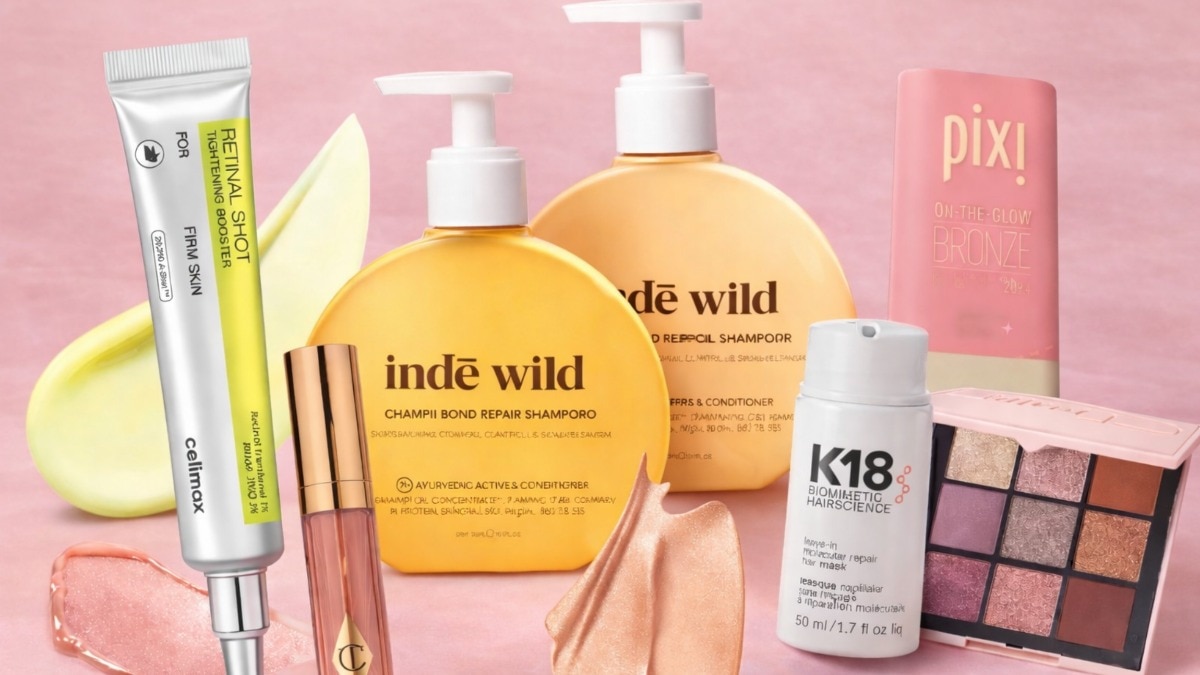Is your lip balm the reason why your lips are chapped?
Has the product been doing more harm than good all along? Let’s find out!


It's a paradoxical situation—you religiously apply lip balm to soothe your dry lips, yet they seem to remain perpetually chapped and somehow flakier. How could this be? We almost feel bad breaking it to you but the culprit might be the lip balm you hold so close to your heart.
Chapped lips are a common woe, especially during harsh weather or when we neglect proper lip care. Amid the myriad of lip balms promising hydration and smoothness, have you ever wondered that your trusted lip balm could be exacerbating the issue it aims to solve? Let's uncover the truth behind chapped lips and the role lip balms play in it.
Why are chapped lips so common?
Besides being thin, the skin on your lips doesn't possess the same moisture-retaining features, such as hair follicles and oil glands, as other parts of your skin. Moreover, exposure to environmental stressors such as UV light, air pollution, extreme temperatures, and certain foods and beverages can lead to dryness and irritation of the lips. Add to it, licking your lips, a common habit among those with dry lips, can exacerbate the issue as saliva's digestive enzymes can cause further irritation.
Why are those ingredients there in the first place?
This raises an important question: Why would brands incorporate numerous ingredients that they know can potentially irritate the customer?
One suggestion is that companies include these ingredients as a deliberate tactic to keep customers reliant on their products. However, the simpler explanation is that these ingredients serve fundamental functions within their formulas. Compounds like camphor, menthol, and salicylic acid each fulfil specific roles. Camphor and menthol deliver a cooling sensation and temporary relief from pain or irritation, making them popular choices for soothing dry, cracked lips. This pleasant tingle might create the illusion for consumers that a balm is providing extra benefits, when, in fact, it could be doing the opposite. On the other hand, salicylic acid acts as an exfoliant, aiding in the removal of dead skin cells and promoting smoother lips over time.
What to look for in a lip balm?
Now that you're well-versed on what you should avoid, the question remains: How do you choose a lip balm that's actually going to help your lips, instead of hurting them?
To maximize hydration, you want to look for ingredients that will help trap water in the skin while keeping it moisturized for a long period of time. Ingredients like beeswax, olive oil, ceramide, hempseed oil, coconut oil, castor oil and shea butter are often used for this purpose. You can also look for products that contain petroleum jelly (commonly listed as petrolatum on labels) and glycerin. The most effective lip balms contain ingredients that attract moisture (known as humectants) and form a protective barrier to seal in moisture (occlusive).
The importance of hydration
Hydration is the key to maintaining soft, supple lips. Drinking an adequate amount of water throughout the day helps keep your body hydrated, including your lips. Additionally, incorporating a lip balm with natural, nourishing ingredients like shea butter, coconut oil, and beeswax can provide long-term hydration without the risk of dependency.
Lifestyle adjustments
In addition to proper hydration, lifestyle adjustments can work wonders for preventing chapped lips. Protect your lips from harsh weather conditions by using a scarf or lip balm with SPF. Avoid licking your lips, as saliva can strip away natural oils, leading to dryness. Furthermore, consider incorporating a lip scrub into your skincare routine to gently exfoliate dead skin cells and promote smoother lips.
It is important to remember that while lip balm can offer temporary relief from chapped lips, it's essential to scrutinize its ingredients and usage patterns. Opt for hydrating lip balms with natural ingredients and address underlying causes of dryness to achieve long-term lip health.
Remember, true hydration comes from within, so drink plenty of water and take proactive steps to care for your lips beyond just reaching for your lip balm!
Also read: Setting sprays you need to keep your make-up intact ahead of summer










